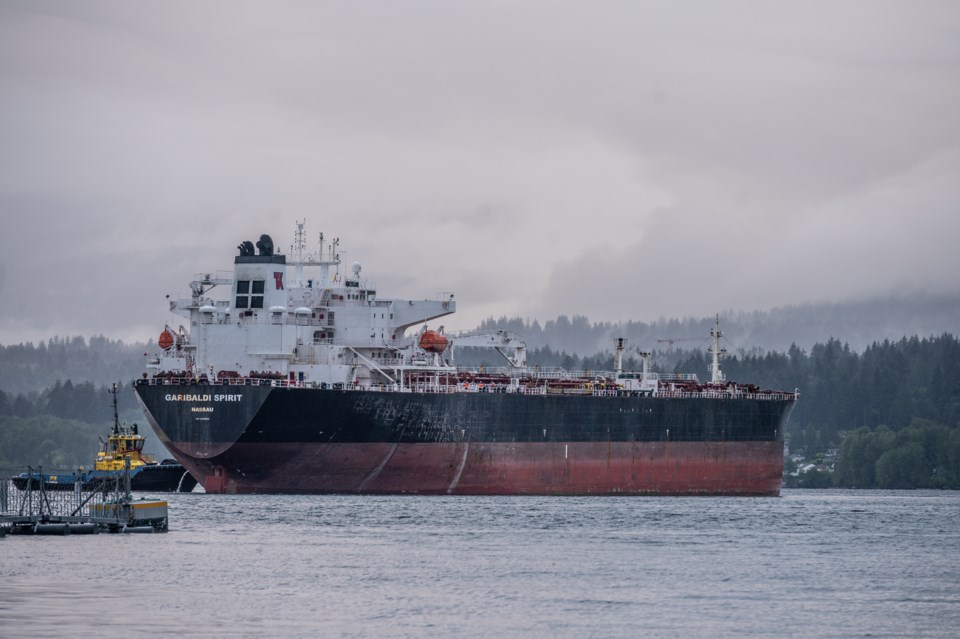There have been a total of 100 oil tankers moving through Burrard Inlet and the Second Narrows since the expanded Trans Mountain pipeline and Westridge Marine terminal went into service at the beginning of May, according to Port of Vancouver, which is using a new centralized scheduling system to track and manage vessel traffic.
Prior to the expansion, oil tanker traffic averaged five or six oil tankers per month. Since the commissioning of the expanded pipeline and export terminal in Burnaby, there has been 100 oil tanker movements -- an average of 17 vessels per month -- between the beginning of May and the end of October, the Port of Vancouver said.
The expansion is said to have the capacity to increase oil tanker traffic up to 34 shipments per month.
According to the port, the crude petroleum tonnage moving through the port increased from 419,248 metric tonnes (MT) in the third quarter of 2023 to 4,843,644 MT in the third quarter of 2024 – a 1,055 per cent increase.
The Port has an improved vessel tracking and management system in place called the Active Vessel Traffic Management Program. Implemented one year ago, it has managed more than 1,000 vessel movements through the Second Narrows waterway in its first year, the Port said, “ensuring a seamless ramp-up of TMX tanker traffic while maintaining the smooth flow of rail to North Shore terminals and ships to other terminals in eastern Burrard Inlet.”
“This month we expanded our use of the system to the Lions Gate Bridge area -- meaning it will coordinate all ship traffic for 23 of the port’s 29 major terminals and oversee more than 5,000 ship movements every year,” the port said in its release.
Co-developed by the port and DHI SeaPort OPX, the new system uses digital modelling for things like weather and tides, to help with the planning and optimization of commercial ship movements.
“It is expected to help coordinate more than 5,000 movements of cargo vessels, cruise ships and tugs pulling barges every year -- with up to 20 daily transits under the Lions Gate Bridge in times of peak demand,” the port states.
“The system will also enhance visibility of marine movements in Burrard Inlet -- enabling better coordination among port users and allowing ship, terminal and rail bridge operators to foresee demand and optimize operations.
“This includes providing visibility over ship transits through the Second Narrows rail crossing, creating opportunities for CN to enhance rail service capacity and reliability for the North Shore trade corridor. In 2023, North Shore terminals moved about 30 per cent of the port’s overall cargo by volume including 50 per cent of its grain exports.”

